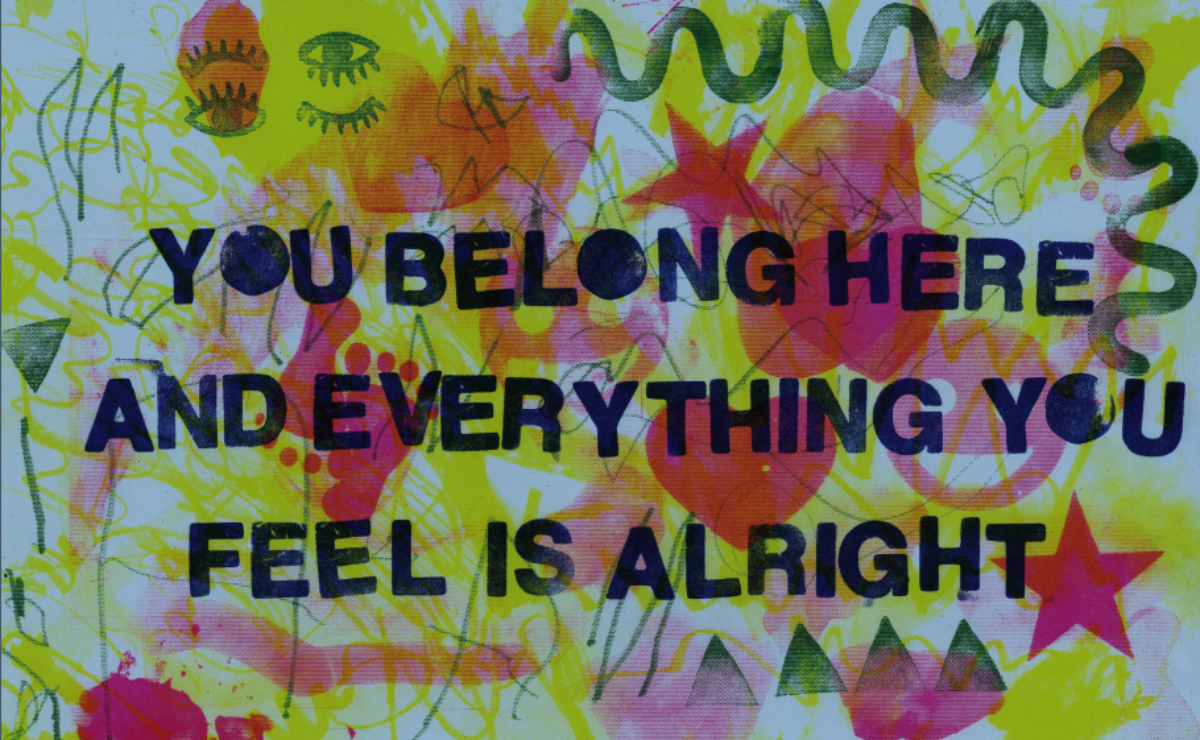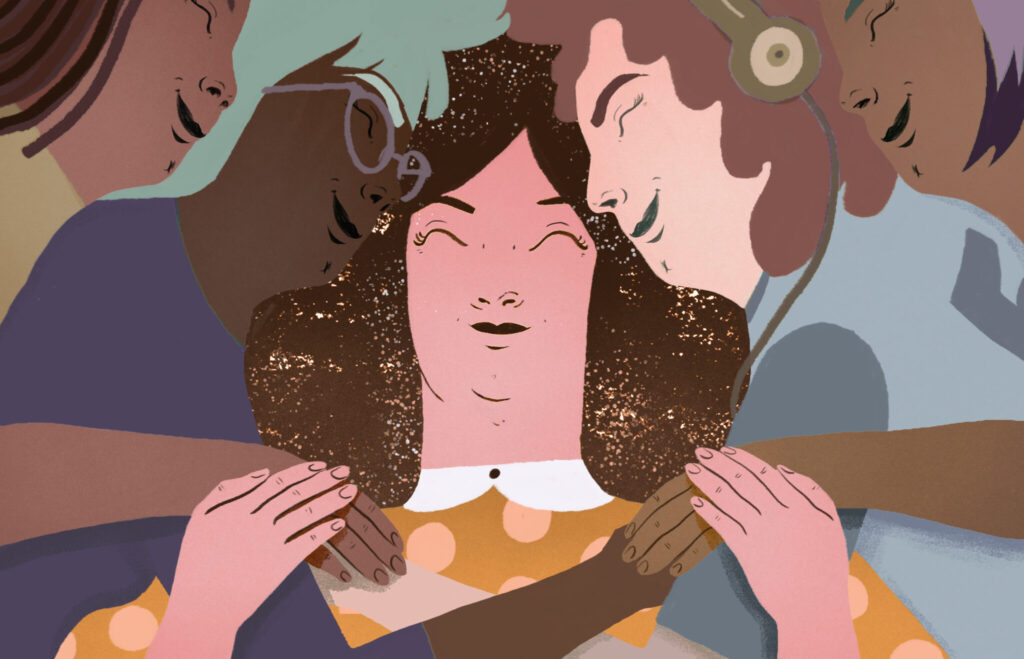Disparities in the Workplace
The wage gap is a statistical indicator, usually used as an index to show women’s earnings relative to men’s. There has been the growth of women’s labor, and research has shown that women are even working more hours. Despite all this progress, there has been a significant wage gap between men and women. There is a difference between what women earn versus what men earn, with women earning less than men. The difference is usually seen across industries, and there have been explanations as to why it is like that. One of the reasons given for the gendered wage gap is differences in industries or jobs worked. This difference can be seen in many industries and companies (Gap, 2020). The so-called women’s jobs traditionally held by a majority female workforce, including health aides and care workers, tend to have lower pay than the so-called men’s jobs that the male workforce is most like building and construction. Another reason may be seen in terms of the differences in years of experience. In this case, we see that women are disproportionately driven out of the workforce because of duties like caregiving, which makes them have less experience than men. This has also created the wage gap in many industries.
Another reason is differences in hours worked. In this, we see that women tend to work fewer hours as they have to accommodate caregiving and other unpaid obligations like taking care of their families. This creates a difference in payment, as men tend to work more hours. There is also the issue of discrimination, which despite being illegal it is still very rampant. Wage discrimination thrives in places where they discourage open discussions. Discrimination is usually not encouraged, especially when people are doing the same job, yet there is discrimination regarding payment.
Other types of gendered disparities in the workplace include an unfavorable recruitment strategy, which discriminates a particular gender, specifying that male candidates alone should only fill the role. This creates an unfavorable climate for candidates who want to fill job vacancies. Another disparity comes in the form where there are different opportunities where career progression in a company favors men more than women. From this, you get that most women have slower career progressions than their male counterparts. Men are given more opportunities for career progression than women that amount to bias in the company as sometimes even women who deserve promotions do not get them at all (Cundiff, & Vescio, 2016). Another disparity is holding sexist views in the workplace, like having outdated gender stereotypes that target women. The sexist views permanently curtail career progression as people tend to overlook others very much. For instance, a gender stereotype like women does not make good leaders, which curtails women’s progression in the workplace. Another disparity is sexual harassment, which usually acts of gross misconduct towards men or women, which has serious consequences. Sexual harassment affects a lot of people, and it can make one quit a job. People who have powers in the workplace usually perpetuate it.
To address these issues, there is a need to have a conversation geared towards having a comfortable workplace for all people. There is a need to create an environment that allows people from both genders to work comfortably and achieve career progression. There is a need to have equal treatment in the workplace and reduce the wage gap. Women are supposed to be given equal opportunities just like men in the workplace to work better and career progression; what is essential is what someone offers, not gender.
References
Gap, G. P. The Simple TruTh
Cundiff, J. L., & Vescio, T. K. (2016). Gender stereotypes influence how people explain gender disparities in the workplace. Sex Roles, 75(3), 126-138.

